
In July 2012, the Museum of Contemporary Art in Los Angeles (MOCA) asked me to compile a playlist of videos directed by photographers for their new online series, MOCAtv. Launched last week, MOCAtv bills itself as the “Global Contemporary Art Channel,” providing a wide range of content related to the arts. Looking to see if photographers’ skills translated into music videos was one of the most enjoyable commissions I have ever had.
My personal interest in music videos is mainly autobiographical. I was a teenager in the 1980s—the heyday of the music video. Videos were crucial to bands’ identity; it was really the only way, apart from photography, that an image was disseminated to the world. MTV was the dominant force, but if you grew up in Britain, it was the quaintly titled BBC show Top of the Pops that was one of the only ways to see them.
Looking back at these videos has evoked amazing memories, but at times, I view some videos with a new perspective and appreciate them now because of who made them and how they look. For example, the mesmerizing Addicted to Love by Robert Palmer was always incredible – but now that I know it was directed by the great British fashion and portrait photographer Terence Donovan, all I can see are the similarities to his later photographs of the 1980s with their strong, almost aggressive, female glamour. It’s interesting to note where the photographer’s hand is so apparent and successful, and elsewhere, when they lose something of their signature flair by having a moving camera instead of a still shot.
Like many, my introduction to music came via my older brother. Always one step ahead of me, he had very sophisticated taste. My first concert was Souxsie and the Banshees when I was 14. Somehow I managed to persuade him (and more miraculously my parents) that I should go along with him and a gang of heavily hair-sprayed goths. It was not the music that I particularly remember, but the amazing beauty of this particular strand of post punk music. From that moment I was addicted to live concerts and the performance of dressing up.
I knew about New Order due to my brothers liking of Joy Division. I saw them perform that summer and their shortened remix of Blue Monday (1988) is like a backing track to those heady months, which were incredibly hot and renamed by many of my contemporaries as ‘the summer of ale.’ I was 18.
When I was asked to put this playlist together I couldn’t believe that I had never seen the video. I was so delighted that it was done by William Wegman. It is full of lovely references for me. Wegman is an artist who manages to have conceptual credibility and respect in the art world and also make calendars with puppies. I can’t think of any one else who manages such success in both commercial and art worlds with such ease and lack of compromise on either side. His ABC video Alphabet Soup featuring Fay, Batty, Chundo and Crooky is my favorite gift to all new parents; my daughter’s go-to bedtime book is Wegmonolgy and my brother has Weineramas. It’s like all good things in my life are condensed into this one video.
A year after Blue Monday, New Order released Run and asked Robert Frank to direct it. This video combines many different kinds of video techniques into one film. It has both live footage and a narrative. It also uses still photographs many times. Nothing is really explained but it has that coldness, disconnect and mystery which is so crucial to a Frank photograph. The song is not the strongest, but you are held utterly by the video. The ending is pure Frank: it stops on a still photograph where everyone is looking in different directions and the scene is chaotic but happy. In two takes he goes closer in to the black-and-white photograph with a woman clutching a book titled listen to god. About two seconds of existential anxiety almost lost as the song fades out.
Staying in the 1980s is Chris Isaak’s Wicked Game, directed by Herb Ritts. This song, which came out in 1989, was reinserted into popular culture when it was used in a scene of Wild at Heart by David Lynch. The video is trademark Ritts. The female body (Helena Christensen) is Amazonian—sexy, strong and very much associated with the 1980s before the AIDS crisis (although of course the AIDS crisis had very much gripped huge swaths of society by this time). It’s crisp, clean and erotic. He shoots from many angles so the body, although always sensuous, can also become abstracted. This photographic technique, which Ritts has become so famous for, was most eloquently played out in a photograph of five of the most famous supermodels gathered together naked (Stephanie, Cindy, Christy, Tatjana, Naomi, Hollywood, 1989) their limbs lending graphic strength and dynamism to the composition of the picture.
Die Antwoord, I Fink U Freeky directed by Roger Ballen (2012) practically went viral among photography circles recently. The video starts with “Die Antwoord in Association with Roger Ballen.” This is the first time I have seen musicians and the director on equal footing, especially when the band has a much bigger global presence than the photographer.
Ballen has lived and worked in South Africa for most of his life. His work is a swirling mix of reality, fantasy, documentary and personal investigation. He photographs in the poorest white areas of South Africa, and his work is immediately recognizable for its disturbing almost nihilistic qualities, which are confusing in terms of ethics and morals of representation. This video is like a zooped up, hammy musical journey through his work and is so well suited to the band, who have a trickster element to them. They are the perfect artistic combination.
Another South African photographer, Pieter Hugo, has directed Spoek Mathambo, Control which was originally recorded by Joy Division and has again been introduced to a younger generation through the biopic of Ian Curtis in the film Control by Anton Corbijn (who has also done a large number of music videos). Again this has similar elements to the Ballen video in that reality has been pushed to appear fantastical. Of all the videos selected it is the most ‘photographic,’ and you can really see Hugo’s skill in using backdrops to create scenes. If you were to go through freeze framing it each scene could work beautifully as a photograph. It reminds me of his Nollywood series about the horror film industry in Nigeria. For this he took costumed actors and put them into the street causing a tension between reality, fantasy, horror, staging and theater. This video has all of those elements and similar references to the genre, but was filmed in a township in Cape Town. It’s the best cover of Control I have ever heard, making it absolutely belong here in South Africa and not the North of England.
Music videos act as lightening rods to memories. Headier than photographs they possess the most potent Proustain links to the past. When they are at their very best, like the ones I have mentioned here, they are like stills come to life. Photographers can offer a particular way of looking at the world. When that coincides with a similar musical vision the results can be spectacular.
Susan Bright is a New York-based writer and curator. You can see more of her work here.
View more of MOCAtv’s programming on their YouTube channel.

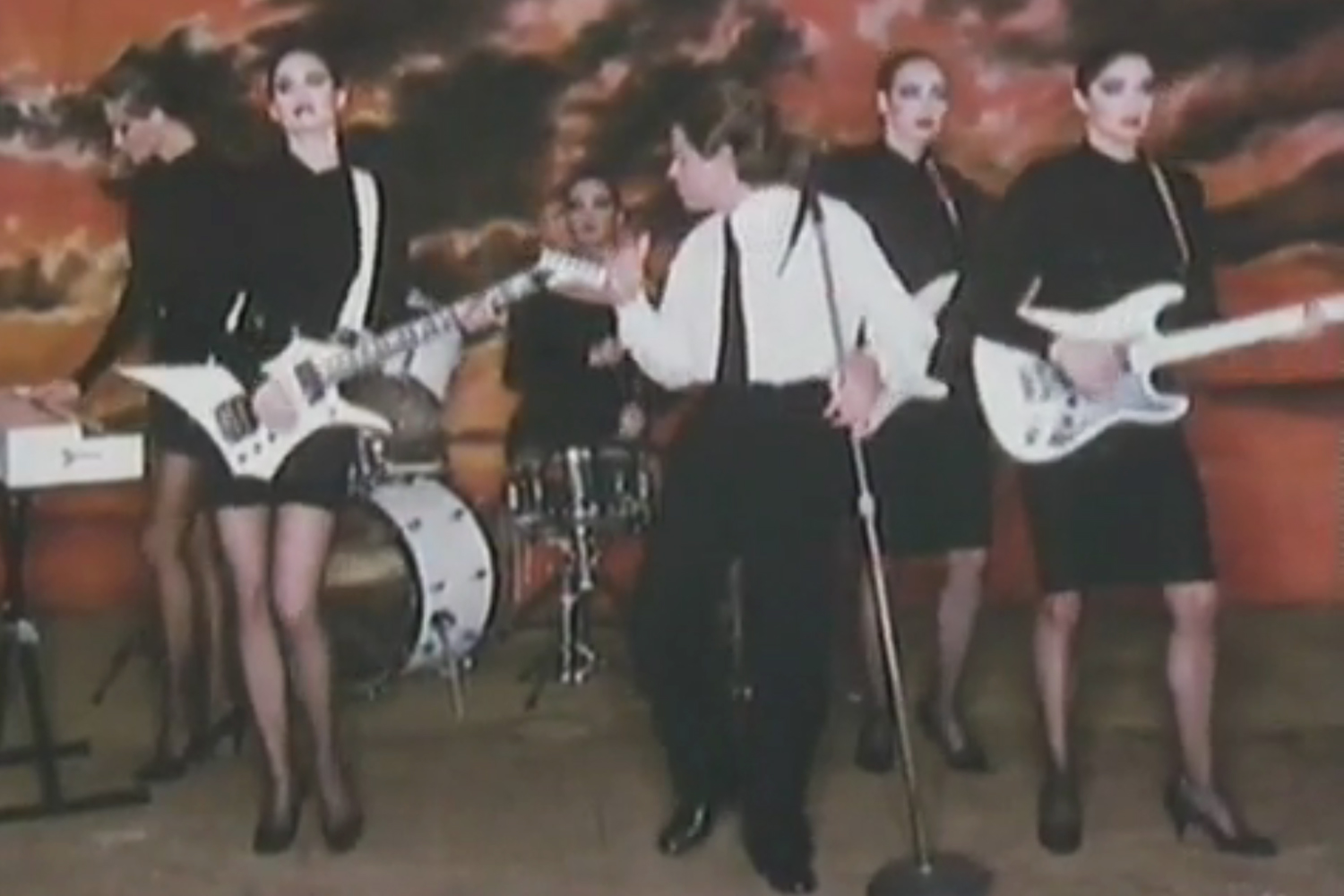
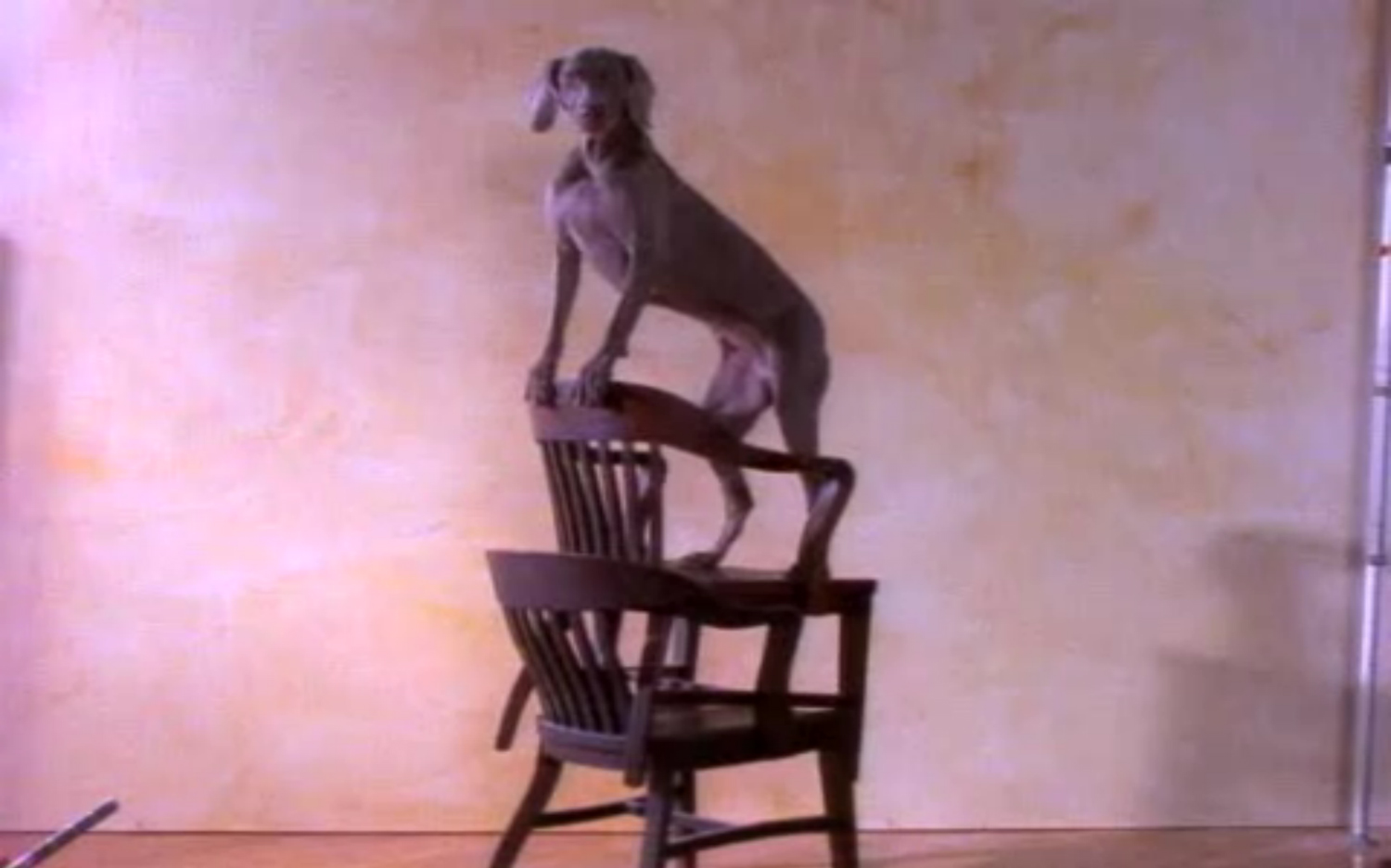

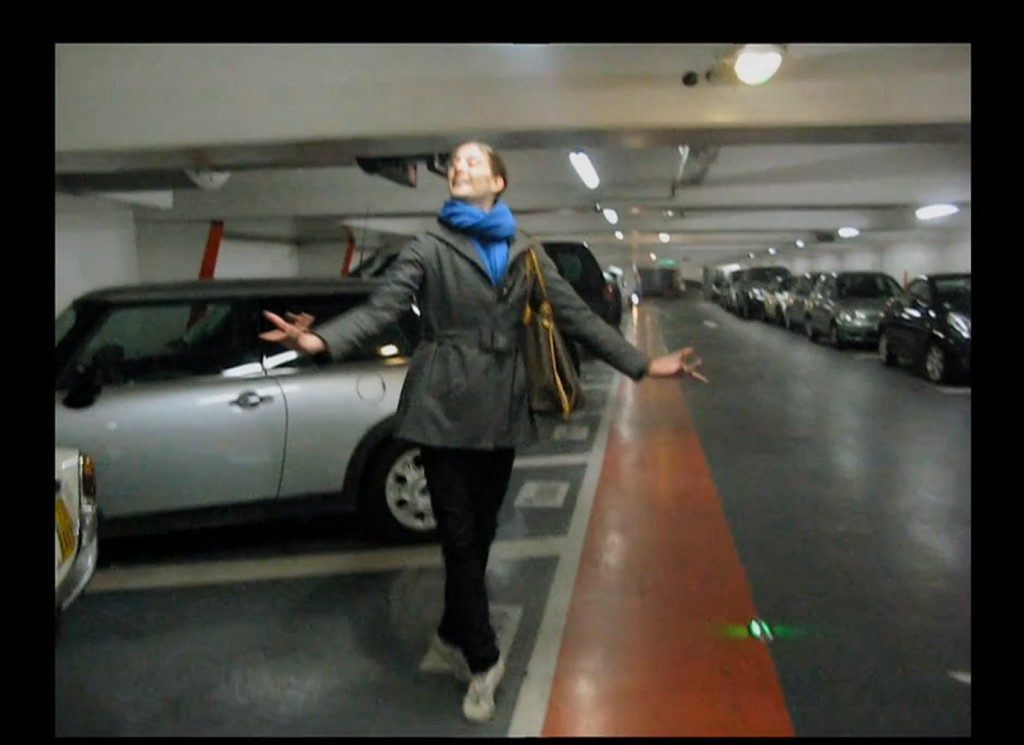
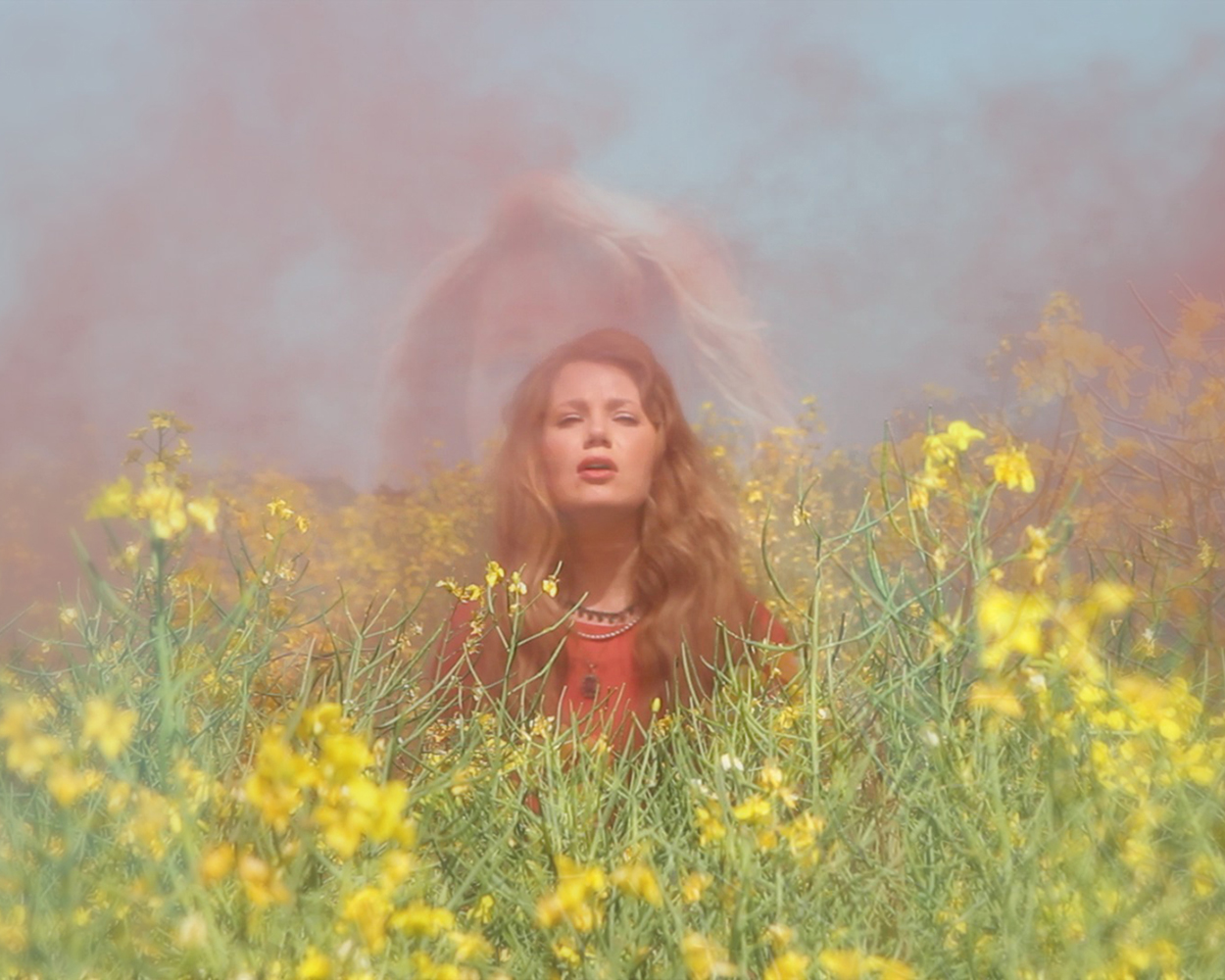

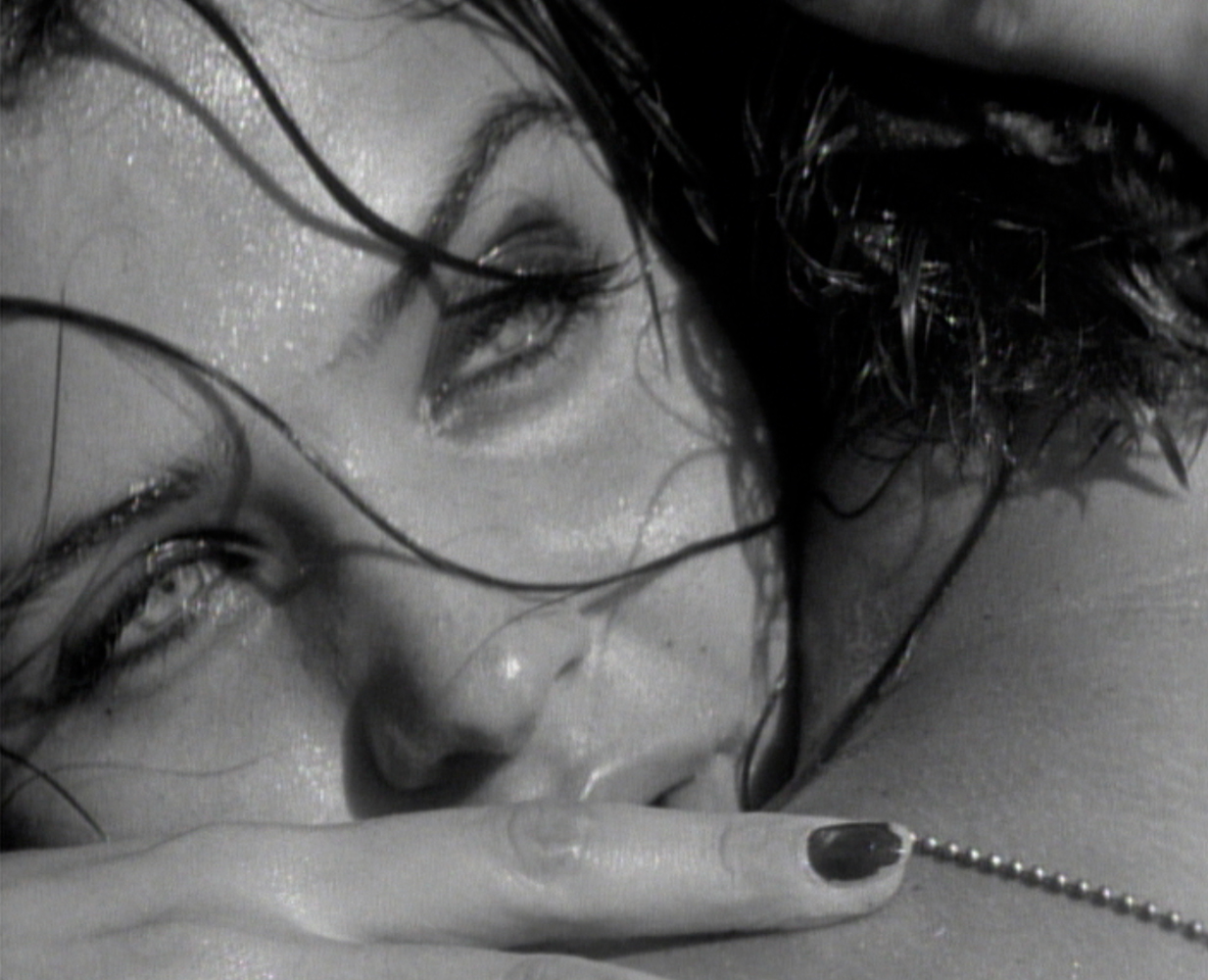

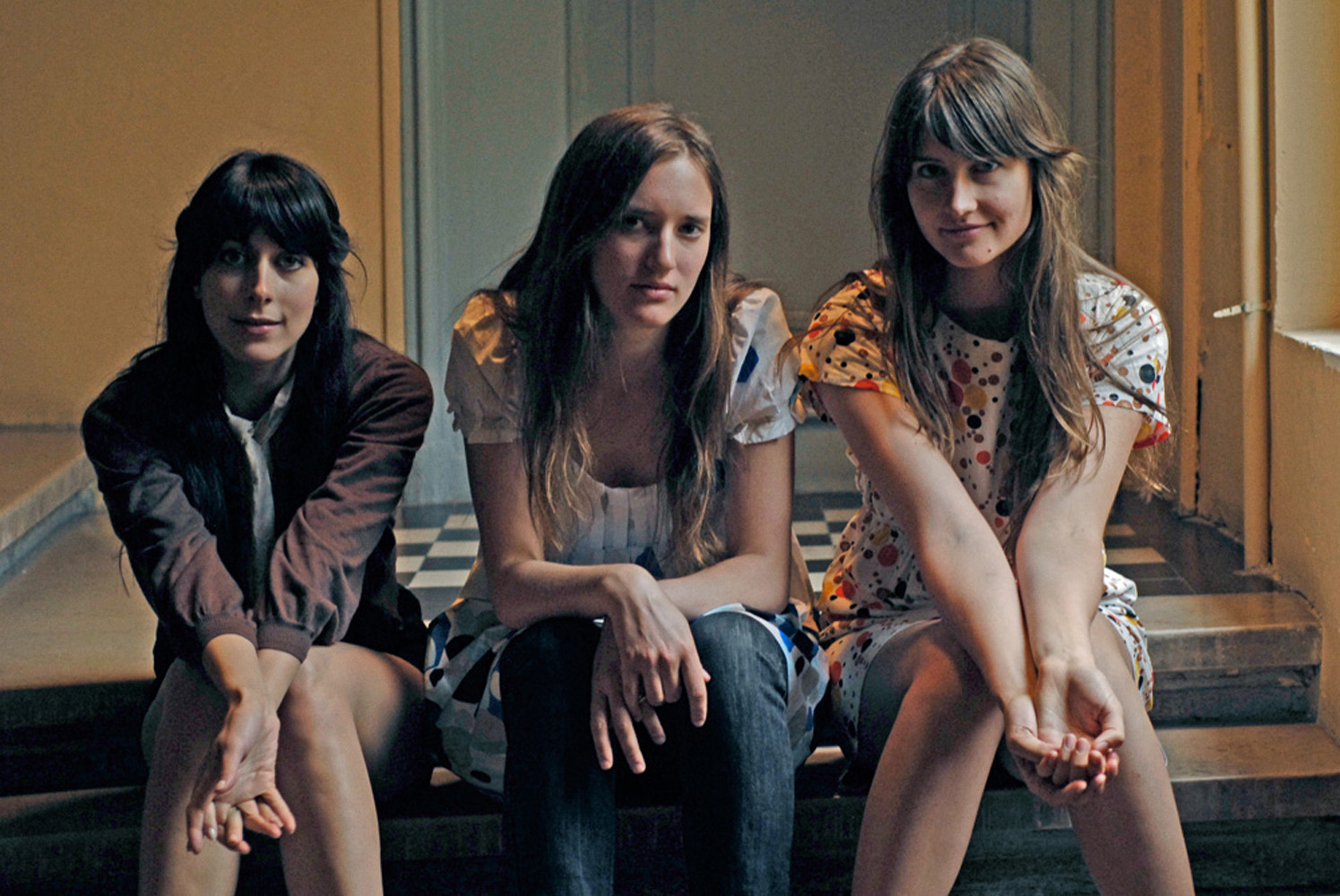
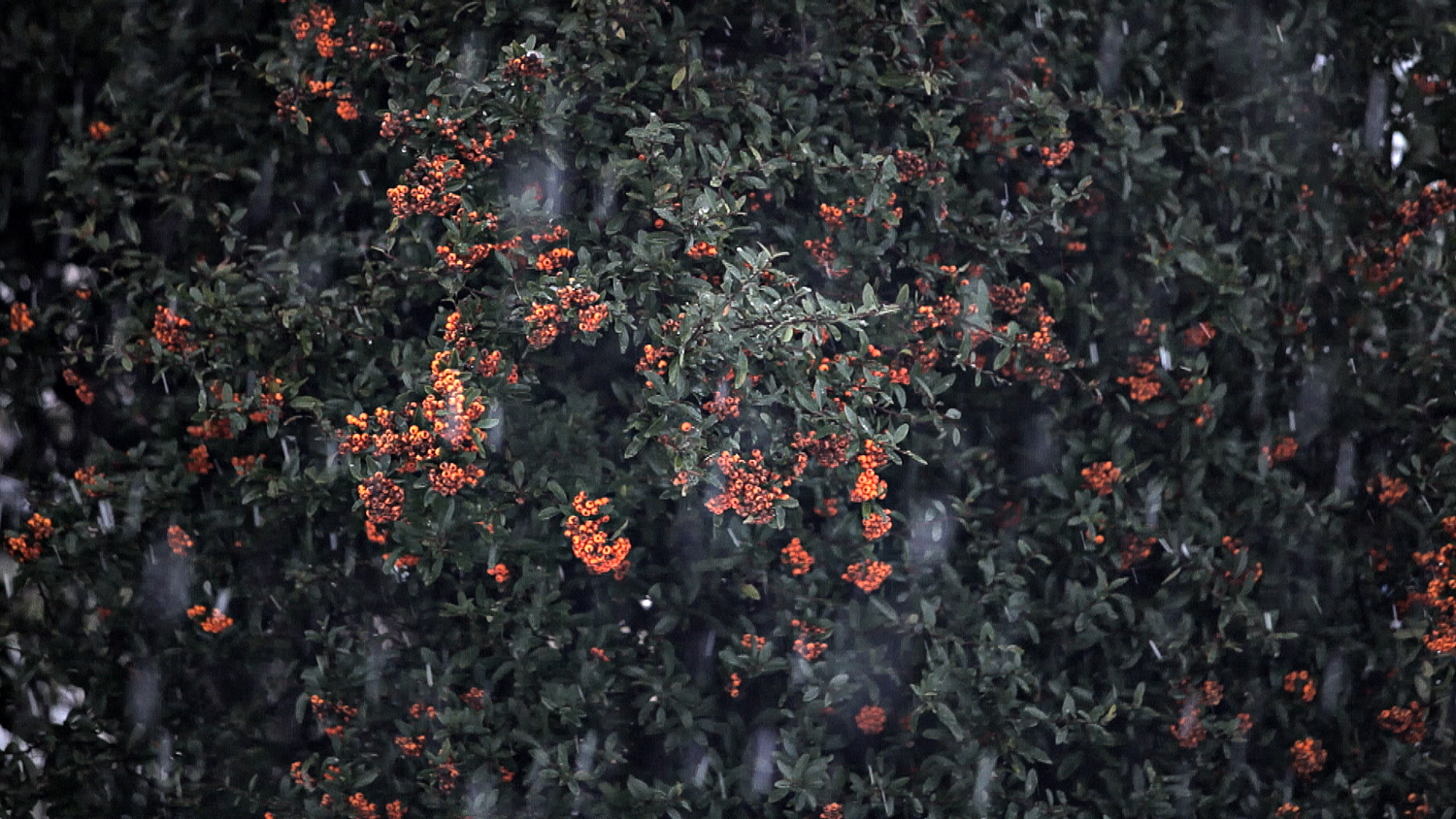
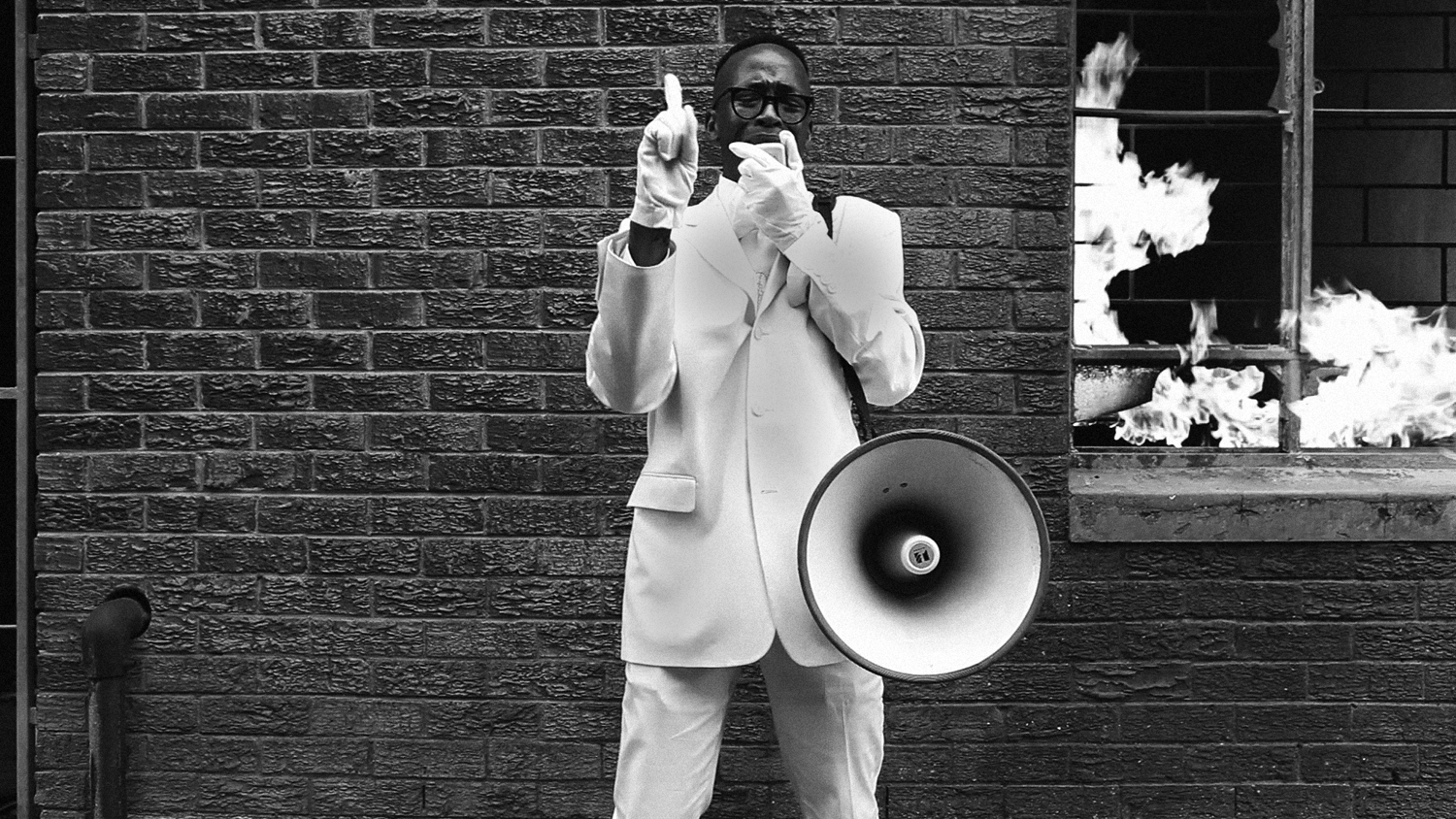

More Must-Reads from TIME
- Donald Trump Is TIME's 2024 Person of the Year
- Why We Chose Trump as Person of the Year
- Is Intermittent Fasting Good or Bad for You?
- The 100 Must-Read Books of 2024
- The 20 Best Christmas TV Episodes
- Column: If Optimism Feels Ridiculous Now, Try Hope
- The Future of Climate Action Is Trade Policy
- Merle Bombardieri Is Helping People Make the Baby Decision
Contact us at letters@time.com